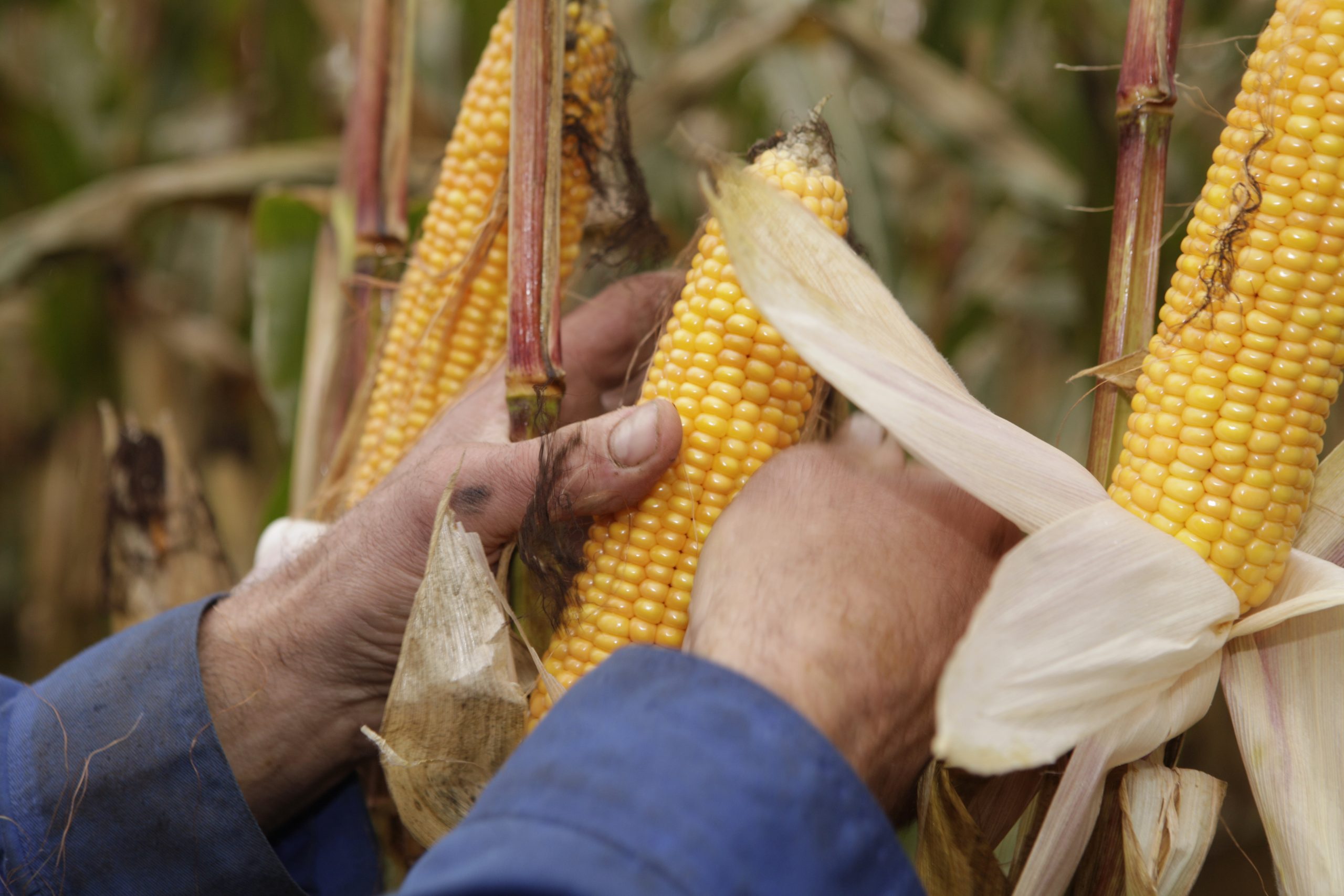Mycotoxin risk levels remain high

Mycotoxin-related threats to livestock production have risen in most regions of the world over the first quarter of 2017. This has been concluded after examining more than 14,000 analyses on 3715 finished feed and raw commodity samples.
The samples were sourced from 54 countries from January to March 2017 as part of the Biomin Mycotoxin Survey.
DON in most samples
There has been a recent rise in mycotoxin contamination levels observed for corn, finished feed and soy. Deoxynivalenol (DON), detected in 80% of samples, is the most prevalent mycotoxin worldwide, followed by fumonisins (FUM), found in 71% of samples. Two-thirds of samples contained DON in excess of 150 parts per billion (ppb): the risk threshold for effect on sensitive animals. 47% of samples contained FUM above 500 ppb: the risk threshold for effect on sensitive animals. Research has shown the combination of DON and FUM severely impair vaccine response and gut health.
EU threshold levels for mycotoxins (in parts per billion, ppb):
- Afla: 2ppb
- ZEN: 50ppb
- DON: 150ppb
- T-2: 50ppb
- FUM: 500ppb
- OTA: 10ppb
Multiple mycotoxin presence
More than three-quarters of samples contained two or more mycotoxins. Multiple mycotoxin contamination of feed presents additional problems, as certain combinations of mycotoxins are known to have synergistic effects that aggravate the negative consequences for animals. The presence of several mycotoxins at low levels can silently impair productivity with poorer feed efficiency and low growth rates.
Industry solutions
“Avoidance of contaminated feed and attention to feed storage conditions are logical approaches to reducing the mycotoxin risk,” explains Dr Timothy Jenkins, Mycotoxin Risk Management product manager at Biomin. “However, mycotoxin contamination of feedstuffs occurs despite the most strenuous efforts on prevention. The most reliable approach is to combine prevention and detection with regular application of additives proven to adsorb or deactivate toxins in the intestinal tract of animals,” he advised.
Source: Biomin











